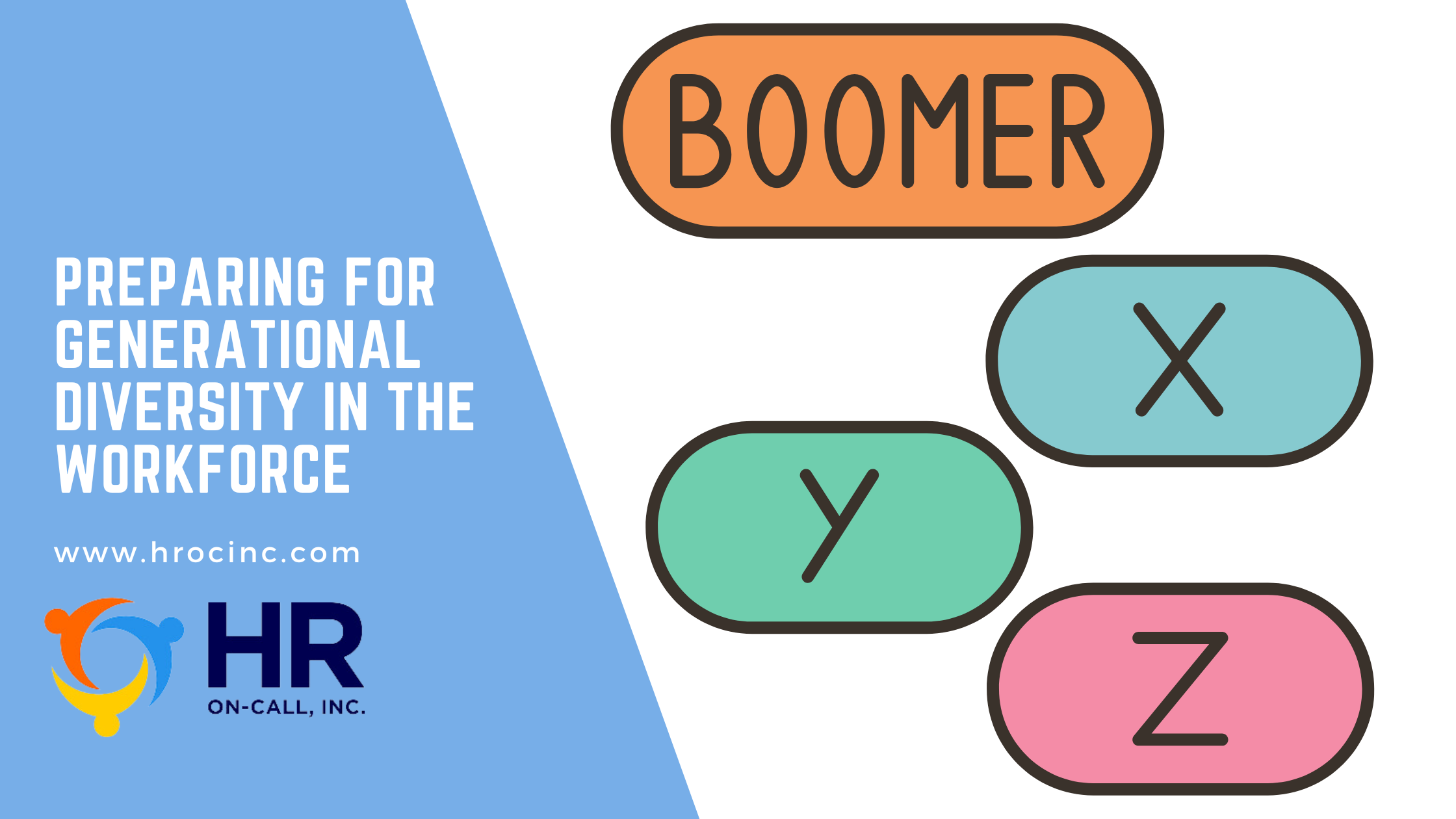As workplaces evolve, one of the most notable shifts is the increasing generational diversity among employees. Today’s workforce often includes up to five generations working side by side—from Traditionalists and Baby Boomers to Gen X, Millennials, and Gen Z. Each generation brings unique values, communication styles, and work preferences. For HR professionals and business leaders, preparing to manage and leverage this diversity is essential to creating a productive, engaged, and harmonious work environment.
Why Generational Diversity Matters
Generational diversity is more than just a demographic fact. It influences how teams communicate, solve problems, and innovate. Embracing this diversity can lead to:
- Broader perspectives: Different generations bring varied life experiences and viewpoints, enhancing creativity and decision-making.
- Knowledge sharing: Older generations often hold institutional knowledge, while younger workers bring fresh ideas and technological savvy.
- Stronger adaptability: A multigenerational team can better navigate market changes by blending traditional approaches with new trends.
However, generational differences can also lead to misunderstandings and friction if not managed thoughtfully.
Common Generational Differences in the Workplace
Understanding some key differences can help leaders tailor their approach:
- Communication preferences:
- Traditionalists and Boomers may prefer face-to-face or phone conversations.
- Millennials and Gen Z often favor digital channels like email, messaging apps, or video calls.
- Work style and values:
- Older generations might value loyalty, hierarchy, and structure.
- Younger generations often prioritize flexibility, work-life balance, and purpose-driven work.
- Technology adoption:
- Gen Z and Millennials tend to be digital natives, quick to adopt new tools.
- Older generations may require more training and time to adapt.
Strategies to Prepare and Succeed
- Promote open communication: Encourage an environment where employees feel comfortable sharing their preferences and perspectives. Regular feedback sessions and team meetings can bridge gaps.
- Offer flexible work options: Provide choices like remote work, flexible hours, or project-based assignments to accommodate different lifestyle needs.
- Invest in cross-generational training: Facilitate mentoring programs that pair experienced employees with younger staff, fostering knowledge exchange and relationship building.
- Customize benefits and recognition: Recognize that what motivates one generation may differ from another. Tailor rewards and incentives to suit diverse preferences.
- Leverage technology wisely: Provide training and support to ensure all employees can effectively use workplace technologies.
- Build inclusive policies: Create a culture that respects and values all ages, ensuring that no group feels marginalized.
The Bottom Line
Generational diversity is a powerful asset when embraced with intention. By understanding and preparing for the unique needs of each generation, organizations can foster collaboration, innovation, and employee satisfaction. This not only strengthens the workplace culture but also drives business success in an increasingly competitive market.

